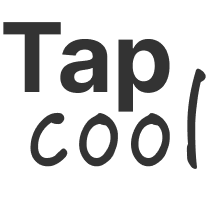The wellness boom has brands embracing sensory-inspired ideas to deepen connections
The $4.2 trillion wellness industry convened in Singapore this week for the 13th annual “Global Wellness Summit” to explore, among other things, how businesses can tap into the full spectrum of human senses to unleash new growth opportunities and make deeper, more memorable connections with consumers. Next month, Gwyneth Paltrow – the symbol of the wellness movement’s promise and perhaps its self-indulgence – will host her own summit at $2500 a ticket for the full Goop experience.
Wellness is where it’s at, and this year marketers have been actualizing those feel-good, multi-sensory vibes into campaigns and product launches, experimenting with how sounds, textures, tastes, and even smells can be encoded into their brand’s DNA. In some cases, the marketing mocks the wellness ideals, while others embrace its scientific aspects to emphasize a product’s value and values.
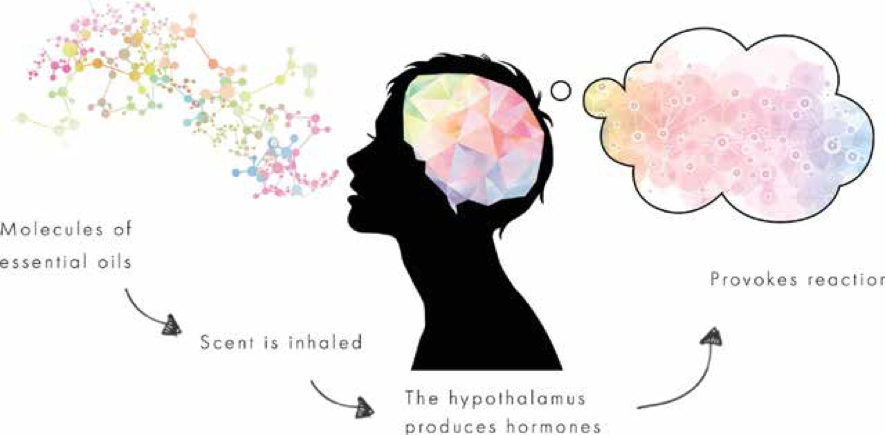
Can you smell what the marketer’s cooking? Marketers are moving beyond visuals into new sensory and multi-sensory experiences. (Image courtesy of the 2019 Wellness Trends, from Global
Wellness Summit.)
According to research commissioned by brand consultant Martin Lindstrom, media that appeals to more than three senses can increase brand impact and engagement by over 70%. Researchers also know that senses, especially smell, are tied to memory and emotional experience. A Harvard Business School study about the power of smell, concluded that subjects given unscented pencils experienced a 73% decrease in information recall two weeks later, while subjects given tea-tree-scented pencils experienced only an 8% decrease.
The Taste of Priceless
Taking a huge leap of faith, financial services company Mastercard has been at the forefront of multi-sensory branding. This year they introduced a new sonic identity, opened a restaurant, held a multi-sensory exhibition that would have made Andy Warhol proud, and introduced two new macaron flavors, Passion and Optimism, that are said to reflect the brand’s meaning. According to the company, Passion represents its energy and commitment to help people get closer to the things that they love; while Optimism signifies its confidence and efforts to make the world a better place.
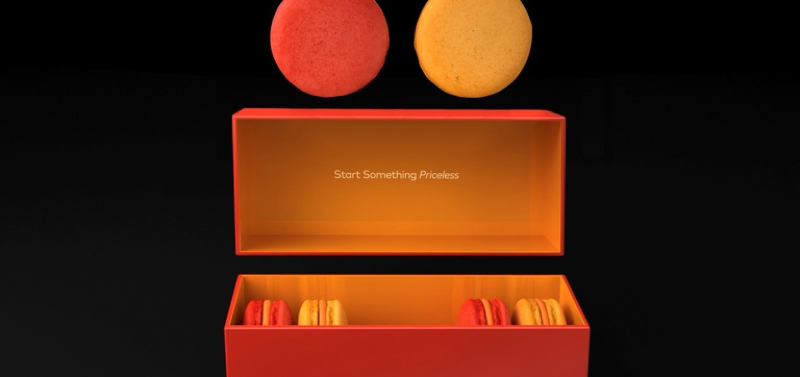
At the New York Times Food Festival, October 5–6, Mastercard introduced two custom macaron flavors, Passion and Optimism, as part of its multisensory brand expression.
“As a strategy, what we have started doing is very different than how it was in the past,” said Raja Rajamannar, the chief marketing and communications officer of Mastercard, in a recent interview with Observer magazine. “We were a big advertiser in the past, but consumers hate ads because it’s an interruption to their experience. But as a brand marketer, I have a responsibility to tell them about our product, interest them, inspire them. So, we said the way to do that is through creating and curating experiences that you can get only if you have a Mastercard.”
The Sound of Rum
This year’s Super Bowl brought ASMR (Autonomous Sensory Meridian Response) into the mainstream. ASMR is the feeling of well-being combined with a tingling sensation in the scalp and down the back of the neck, as experienced by some people in response to a specific gentle stimulus, often a particular sound. That’s a feeling that brands want to bottle up. Bacardi took advantage of the cultural zeitgeist with an ASMR-inspired song composed almost entirely of the sounds of preparing, pouring, and drinking its product. Hip-hop producer and long-time brand ambassador, Swizz Beatz, helped with the mix.
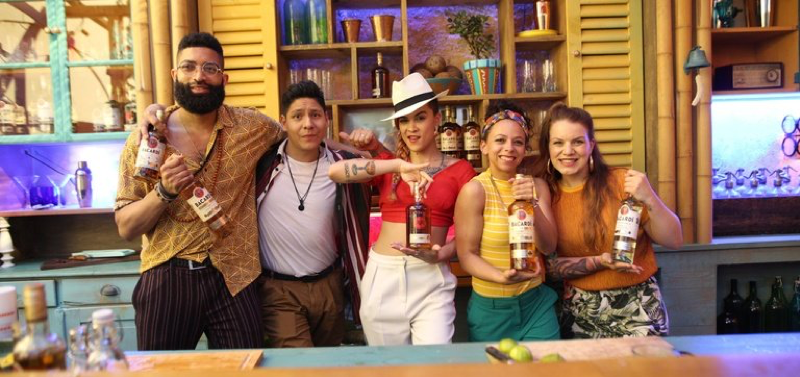
The sound of money? Brands like Bacardi and KFC are capitalizing on ASMR’s good vibes.
Other brands, such as KFC, treated ASMR with a more humorous touch, creating an ASMR-inspired ad that equated the soothing sounds of rain drops with the melodic crackling of deep-fried chicken. KFC also released a series of relaxing “fried chicken sounds” in conjunction with a new gravy-scented candle earlier this year.
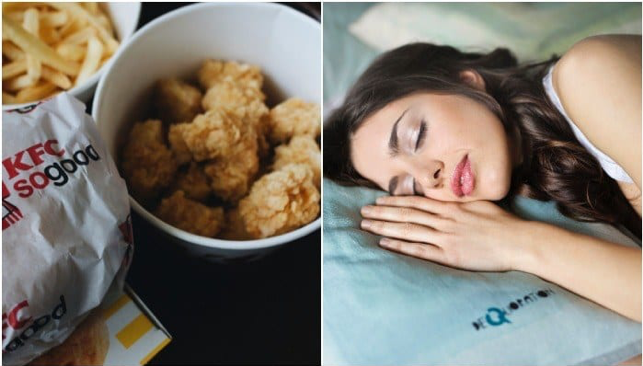
The sounds and smells of KFC bring humor to the world of multi-sensory marketing.
The Smell of New Products in the Morning
The popularity of multi-sensory experiences has led to new product innovation as well. Los Angeles-based water company SZENT, who claims to be changing what it means to be a flavored beverage, has developed water bottles with “collars” infused with natural oils that, as you smell them, turn water into a richer drinking experience. Scented “flavors” include tangerine, tropical, pineapple, mint, and passionfruit, and are available on Amazon and at stores in California.
